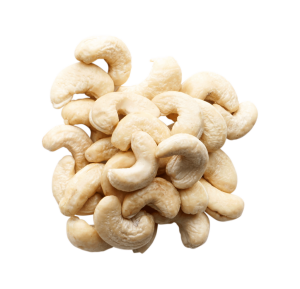Diabetes mellitus is becoming an important public health challenge worldwide and especially in developing nations. About 8.8 percent of the world adult population has been reported to have diabetes. Glutamine-fructose-6-phosphate amidotransferase 1 (GFAT1) catalyses the first committed step in the pathway for biosynthesis of hexosamines in mammals, and its inhibition has been thought to prevent hyperglycaemia. Dipeptidyl peptidase-4 (DPP-4), on the other hand, degrades hormone glucagon-like peptide-1 (GLP-1), an enzyme that plays a major role in the enhancement of glucose-dependent insulin secretion, making these two proteins candidate targets for diabetes. To find potential inhibitors of DPP-4 and GFAT1 from Anacardium occidentale using a computational approach, glide XP (extra precision) docking, Induced Fit Docking (IFD), Binding free energy of the compounds were determined against prepared crystal structure of DPP-4 and GFAT1 using the Maestro molecular interface of Schrödinger suites. The Lipinski’s rule of five (RO5) and ADME properties of the compounds were assessed. Predictive models for both protein targets were built using AutoQSAR. This study identified 8 hit compounds. Most of these compounds passed the RO5 and were within the recommended range for defined ADME parameters. In addition, the predicted pIC50 for the hit compounds were promising. The results obtained from the present study can be used to design an antidiabetic drug.
